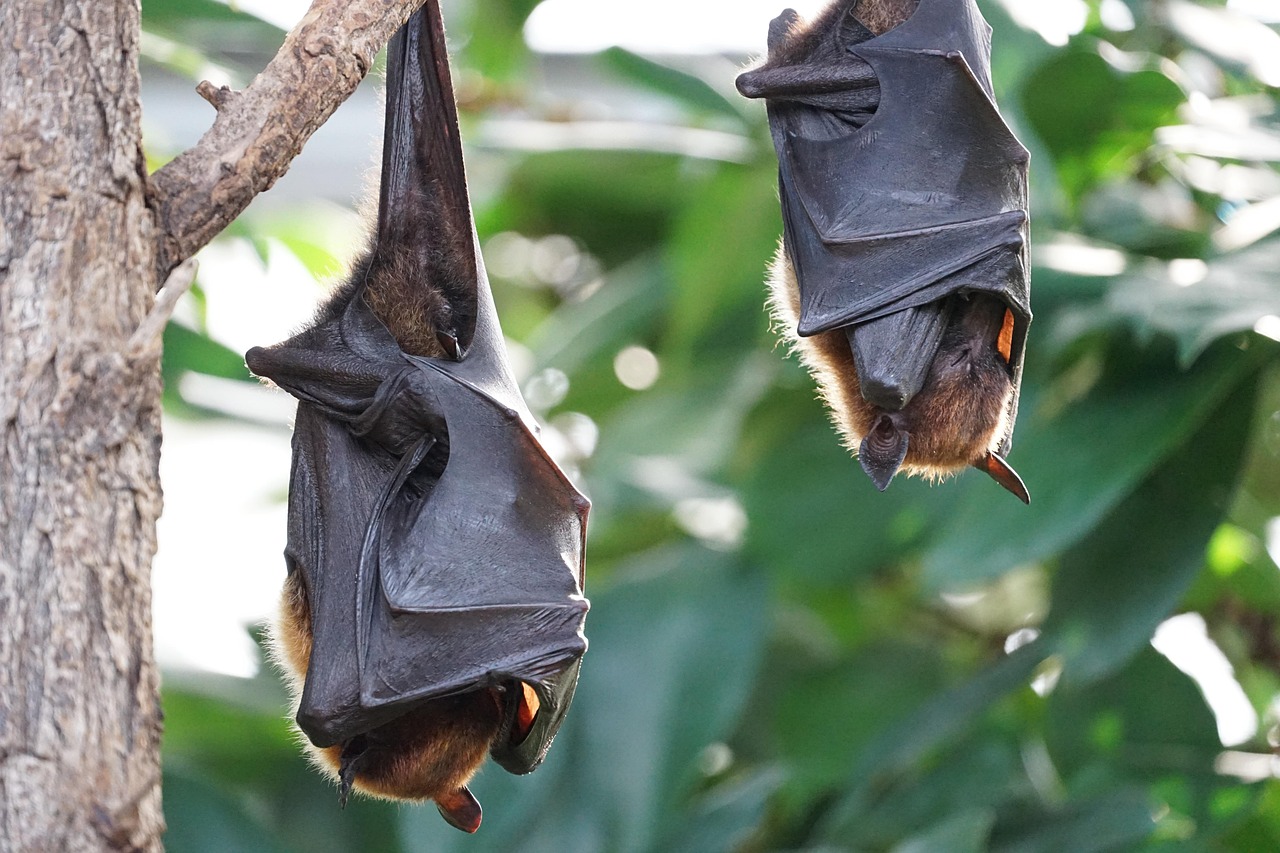The Intriguing World of Echolocation in Bats
Echolocation in bats is a fascinating natural phenomenon that allows these nocturnal creatures to navigate their environment with impressive precision. This in-depth look into the world of bats and their unique communication system is both enlightening and intriguing, offering a fresh perspective on one of nature's most misunderstood creatures.

A Brief History of Echolocation Research
The concept of echolocation, also known as bio sonar, was first introduced in the 18th century by Lazzaro Spallanzani, an Italian biologist. However, it wasn’t until the 1930s when American scientist Donald Griffin finally provided concrete evidence of echolocation in bats. Griffin’s groundbreaking research revolutionized our understanding of animal behavior, casting bats in a new light as highly evolved creatures with a sophisticated sensory system.
How Echolocation Works
Echolocation involves the emission of high-frequency sounds that reflect off objects in the environment, providing the bat with information about the object’s distance, size, shape, and texture. Bats can adjust the frequency, duration, and intensity of these sounds to fit their specific needs, effectively creating a sonic “map” of their surroundings. This allows them to avoid obstacles, locate prey, and even communicate with other bats.
Echolocation in Today’s World
Today, echolocation continues to be a fascinating area of study, with ongoing research revealing more about the complexities of this unique form of communication. One recent development is the discovery that certain species of bats can jam the echolocation signals of others to gain a competitive edge during hunting. This has opened new avenues of research into the competitive behaviors of bats and their effects on ecosystems.
The Impact of Echolocation on Bat-Related Products and Trends
The intricate workings of bat echolocation have inspired various products and trends, such as sonar technology used in submarines and ships. The estimated market value of sonar technology globally is expected to reach $3.72 billion by 2025, highlighting the significant impact of bat echolocation on human innovation.
The Future of Echolocation Research
As research progresses, scientists hope to uncover more about the intricacies of echolocation, potentially leading to new and innovative technologies. There’s also growing interest in understanding how human activities, such as light pollution and habitat destruction, may affect bats’ ability to echolocate, with implications for conservation efforts.
In conclusion, the world of bat echolocation is full of fascinating revelations, offering a unique perspective on these misunderstood creatures. As we continue to delve into this intricate form of communication, we not only gain a deeper appreciation for bats but also open up possibilities for human innovation and wildlife conservation.




